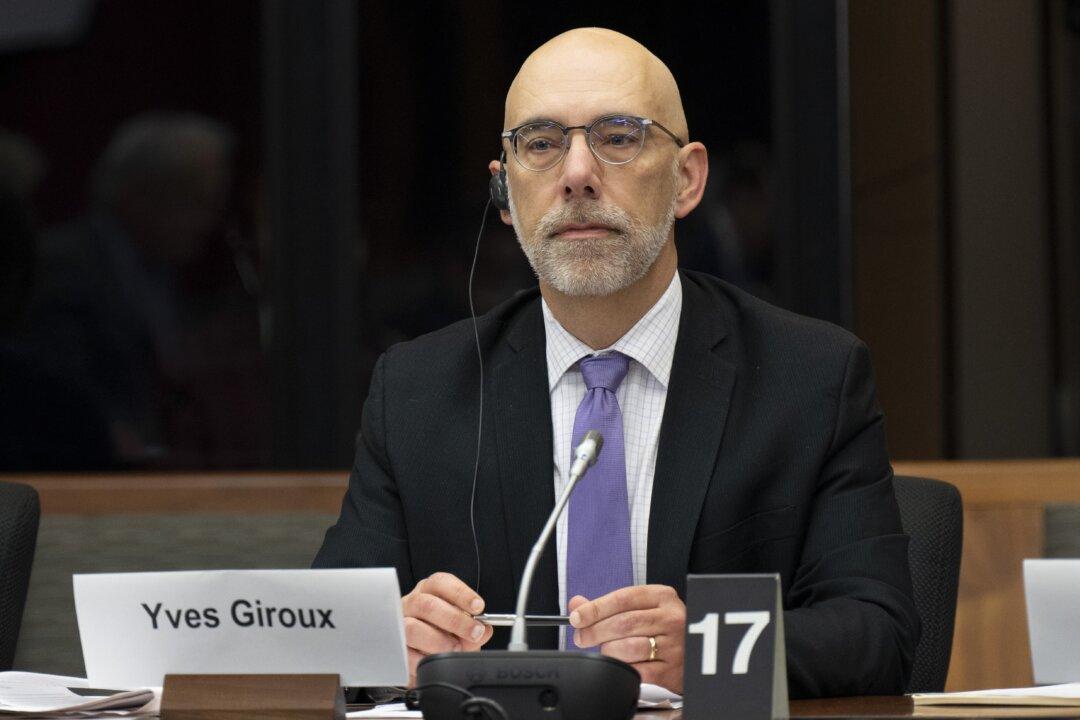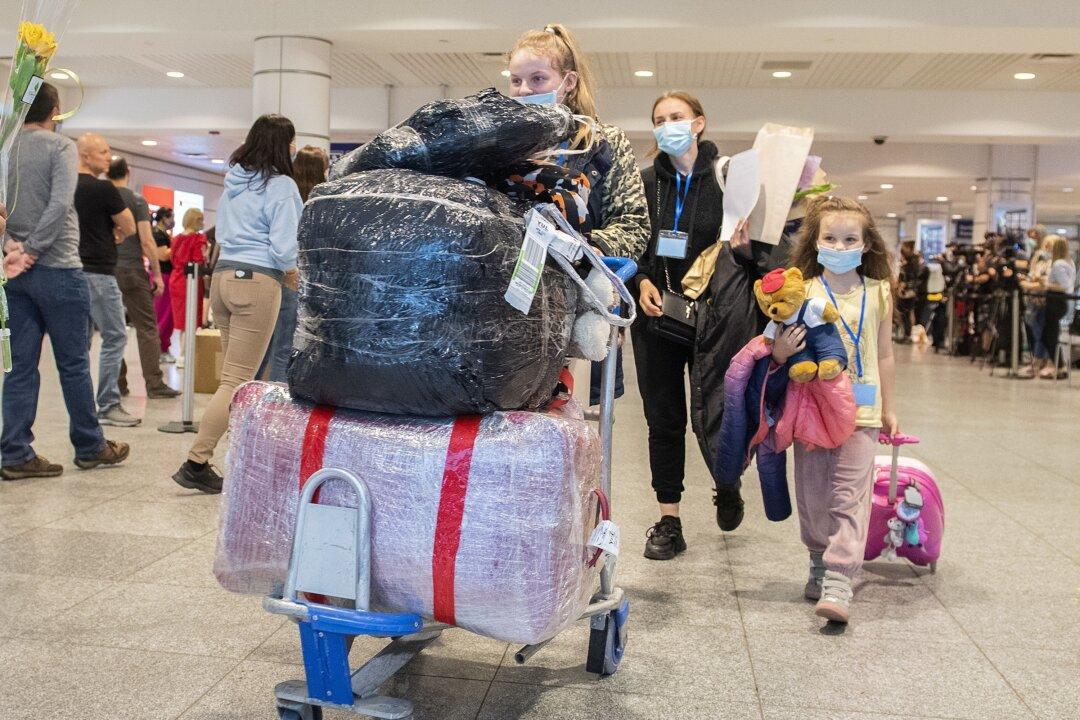Traditional indigenous smudging ceremonies do not violate a federal prison smoking ban that’s been in place since 2008, a federal judge has ruled.
Federal Court Justice Trent Horne’s ruling comes on a case wherein convicted sex offender William Johnson complained that his fellow inmates’ smudging ceremonies—which include burning ingredients like tobacco, sweetgrass, cedar, and sage—irritated him and breached his Charter rights, according to Blacklock’s Reporter.





